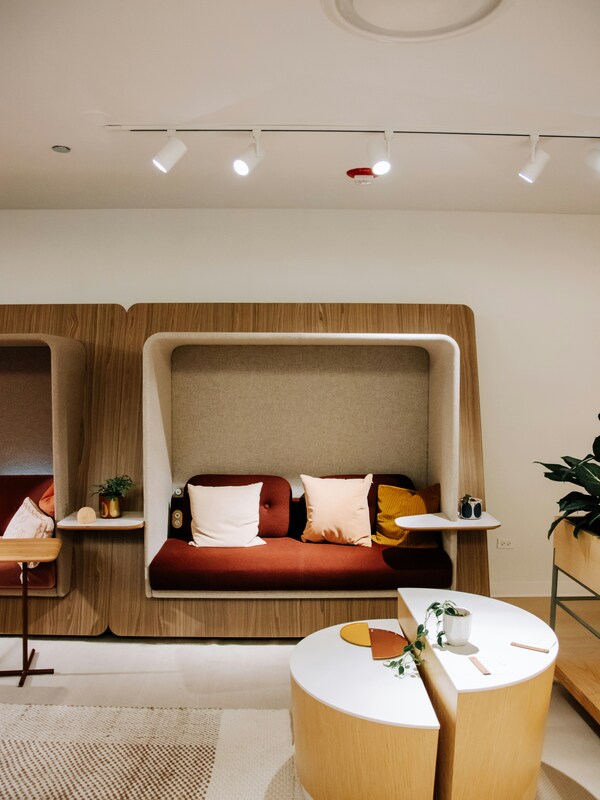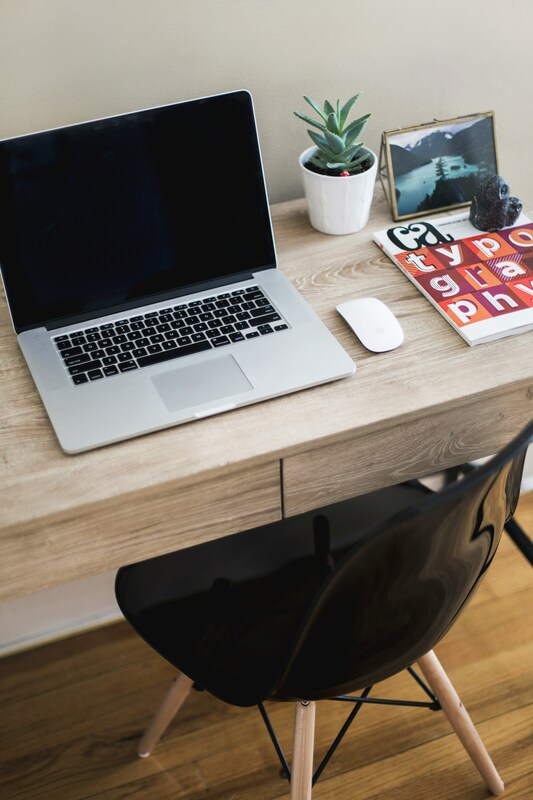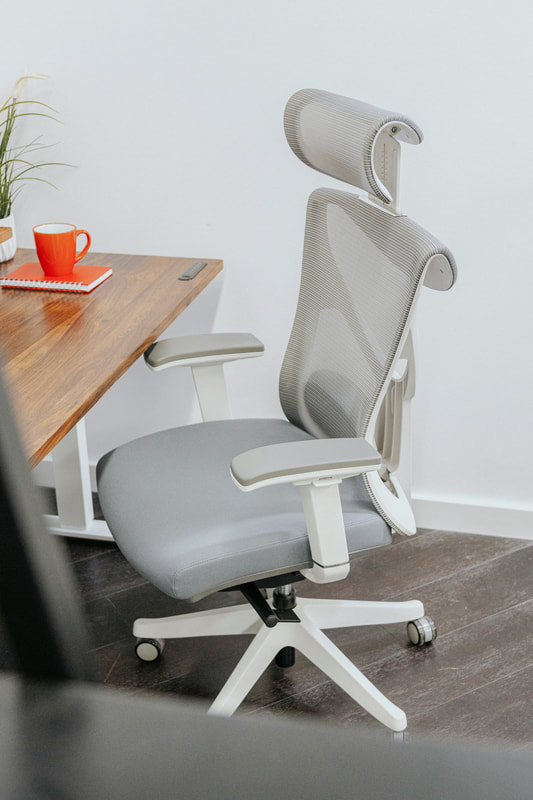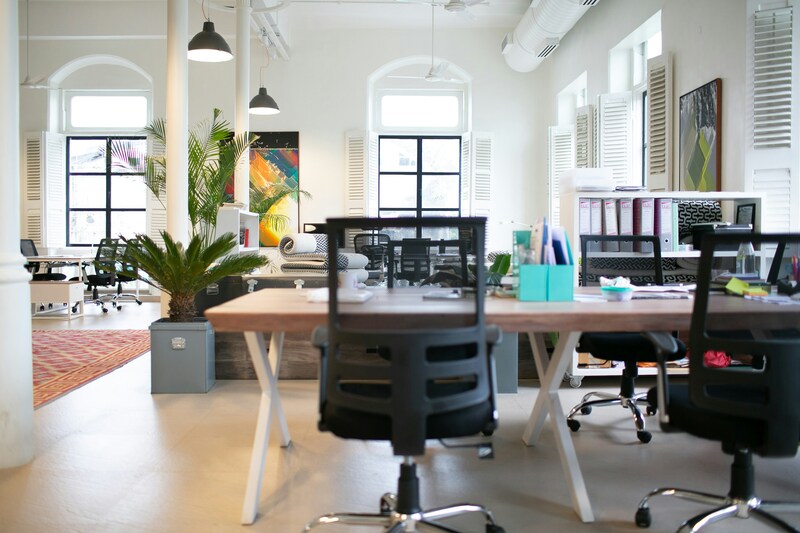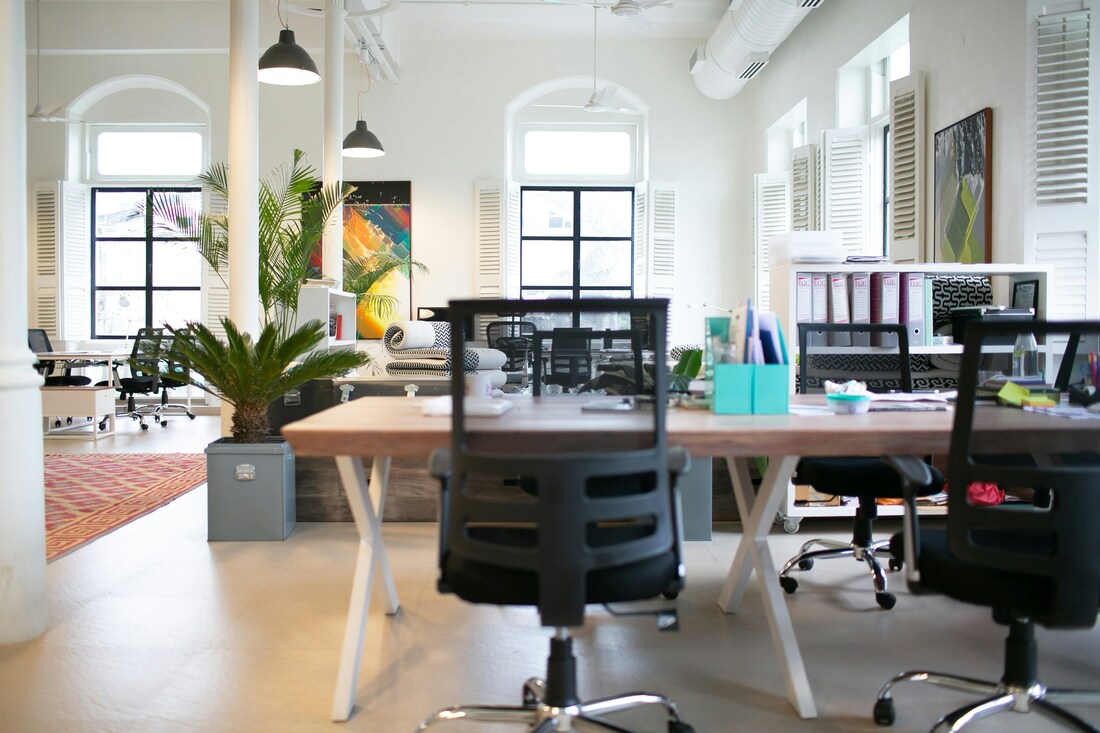Types of DesksEach type of desk is designed for specific tasks or spaces:
- Writing Desk: Minimalist, often just a tabletop and legs.
- Computer Desk: Includes space for monitors, CPUs, and cable management.
- Standing Desk: Allows users to alternate between sitting and standing.
- Corner Desk / L-Shaped Desk: Fits in corners, good for multitasking or dual monitors.
- Executive Desk: Large, often with drawers and a commanding presence.
- Floating/Wall-Mounted Desk: Space-saving, attached to the wall.
- Gaming Desk: Designed for long hours and multiple peripherals.
- Secretary Desk: Fold-down work surface with hidden compartments
|
Each material affects durability, aesthetics, and price:
|
Standard desk dimensions:
🪛 Features to Look For
|
|
Proper ergonomics prevent discomfort and injury:
|
Common chair materials include:
|
|
🧼 Cleaning Tips
🔧 Maintenance Tips
|
📌 Consider:
🧠 BONUS: Productivity & Health Tips
|
🧑🎨 Desks for Creatives
🌱 Wood Types in Desks
- Drafting Desk: Tilted work surface, ideal for drawing, designing, or architecture.
- Studio Desk: Includes rack spaces, monitor stands, and cable slots for music or video production.
- Art Desk: Durable surface, often scratch- and paint-resistant.
- Medical Workstation: Adjustable height, sterilizable surfaces.
- Reception Desk: Often has a raised transaction counter.
- Workbenches: For repair, crafts, or mechanical work; built for durability.
- Saddle Chair: Mimics horseback riding posture for better spine alignment.
- Balance Ball Chair: Strengthens core and encourages active sitting.
- Reclining Office Chair: Combines work and short rest posture.
- No-Back Perch Stool: Engages leg and core muscles while offering some support.
🌱 Wood Types in Desks
- Solid Hardwood (oak, walnut, maple): Dense, durable, resistant to warping.
- Softwood (pine, fir): Lighter, more affordable, but more prone to scratches.
- Plywood: Strong layers of wood veneer; stable and resistant to cracking.
- MDF (Medium Density Fiberboard): Smooth surface for veneers and laminates.
- Aluminum: Lightweight and rust-resistant.
- Steel: Heavy-duty and long-lasting.
- Plastic Polymer (Nylon, Polypropylene): Lightweight and flexible for ergonomic design.
- Wooden Frames: Typically used in home or vintage-style chairs.
